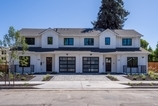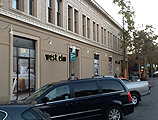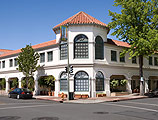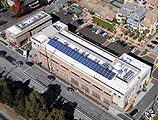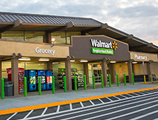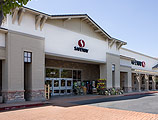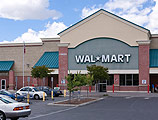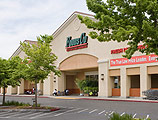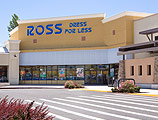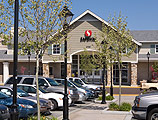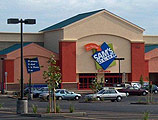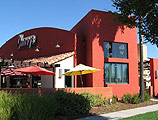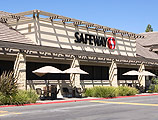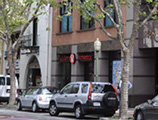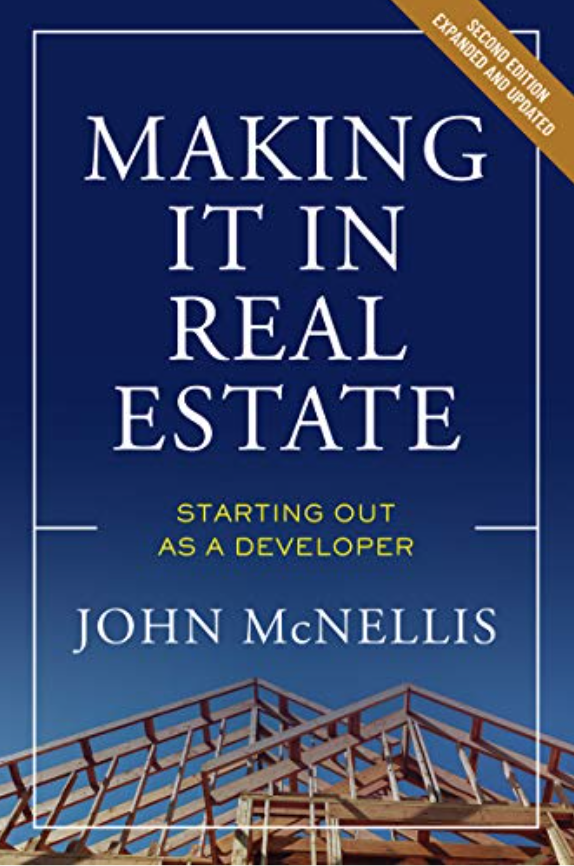Henslowe: …Strangely enough, it all turns out well.
Fennyman: How?
Henslowe: I don’t know. It’s a mystery.
– Shakespeare in Love
Real estate industry conferences this season have been so downcast that one could sum up their conclusions about our business with a single unprintable word. As to that, here’s a clue: When my youngest daughter was about ten, she skipped home from school one day and, with a mischievous grin, asked what word begins with “f” and ends with “uck”. Before I could answer, she giggled, “Firetruck”.
Putting aside the economy’s apparent vigor—long may it last—a vast swath of commercial RE is in fact firetrucked. Transactions are off nationwide by 60 percent plus this year. Why? In addition to a near universal lack of financing, the players themselves are to blame; unwilling to face today’s reality, they refuse to mark their properties to market. At the ICSC conference, one savvy broker lamented that his sellers are insisting on last year’s prices, while his buyers are demanding discounts off this year’s prices.
The whole world knows that the office market has not been worse in living memory, that values have plunged 50 percent and more. One expert opined that, with San Francisco racing toward a vacancy rate of 40 percent (35 million feet of empty space), the city will not see a new office tower built in our lifetimes. He pointed out that its “negative absorption”—the amount by which expiring leases exceed new signed leases—will approach 9 million feet in 2023. With only half the city’s vacancy rate, Silicon Valley is still suffering through its own negative absorption this year, having shed roughly 4.7 million feet.
Less widely known is the plight of multi-family projects. At a public forum, one major apartment builder wryly announced, “We have $500 million worth of apartments under construction…at a cost of $700 million.” In his opinion, Bay Area apartment values have dropped more than 25 percent.
Industrial, commercial RE’s darling for the last dozen years, has flattened out, with a Southern California developer admitting that his recently completed projects are break-evens at best, worth no more than they cost to build.
Retail properties are closely tied to ten-year treasury rates because of the long-term nature of their leases. Thus, as with bonds, retail values often drop in inverse relationship to rising interest rates, even if there are no changes to the properties’ underlying desirability, cash flow and creditworthiness. For example, our modest portfolio of neighborhood supermarket-anchored shopping centers is almost fully leased, its rents are holding up, but the portfolio’s value has likely dropped as much as 20 percent.
Finally, even best-of-class commercial RE is firetrucked if it has loans coming due. Money borrowed over the last dozen years likely carries an average interest rate around four percent. Even if you’re creditworthy enough for the banks with money to return your call, you’ll still be borrowing at eight percent today, doubling your loan payments.
In short, 2023 feels like a repeat of 1993 for commercial RE. 1993 was as gloomy—if not gloomier—as it is today, with everyone scrambling for their business lives, and wondering how on earth all of the vacant commercial space could ever be filled. The hopeful endlessly parroted the inane expression, “Stay alive till 95”, without giving any plausible explanation as to why or how our business could possibly recover in just two years. For the doubters among us, the expression seemed more an article of faith than the offspring of cold logic. But to call forth the running gag at every crisis in the movie Shakespeare in Love, it did all turn out well. It was a mystery (to me at least), but the believers were right, the market recovered in 1995.
Those chanting “Stay alive till 25” in the Bay Area today may have better reason for optimism than their forbears. At the Registry Magazine’s Silicon Valley Outlook, Jeff Bellisario of the Bay Area Council Economic Institute took care to point out our economy’s headwinds—slow job growth, remote work, crazy housing costs and wrongheaded politics—but, more importantly, he reminded us of our strengths. To wit: 17 of the 50 largest corporations in America by market capitalization are headquartered in the Bay Area, six (start with Apple) are in the top ten; half of the world’s top 50 generative AI firms are based here; eight of California’s top ten patent-generating cities are in the Bay Area; and the Bay Area is by far and away America’s innovation capital, raising more venture capital in Q3 of 2023 than the rest of the country combined.
While still a mystery to me, strangely enough, it will all turn out well.


